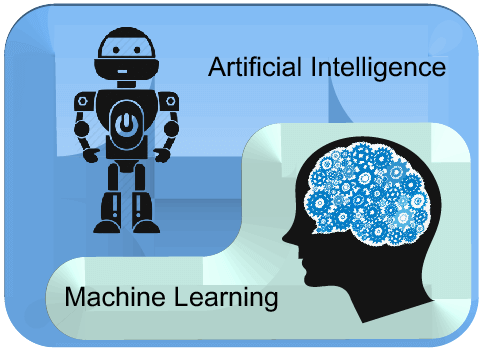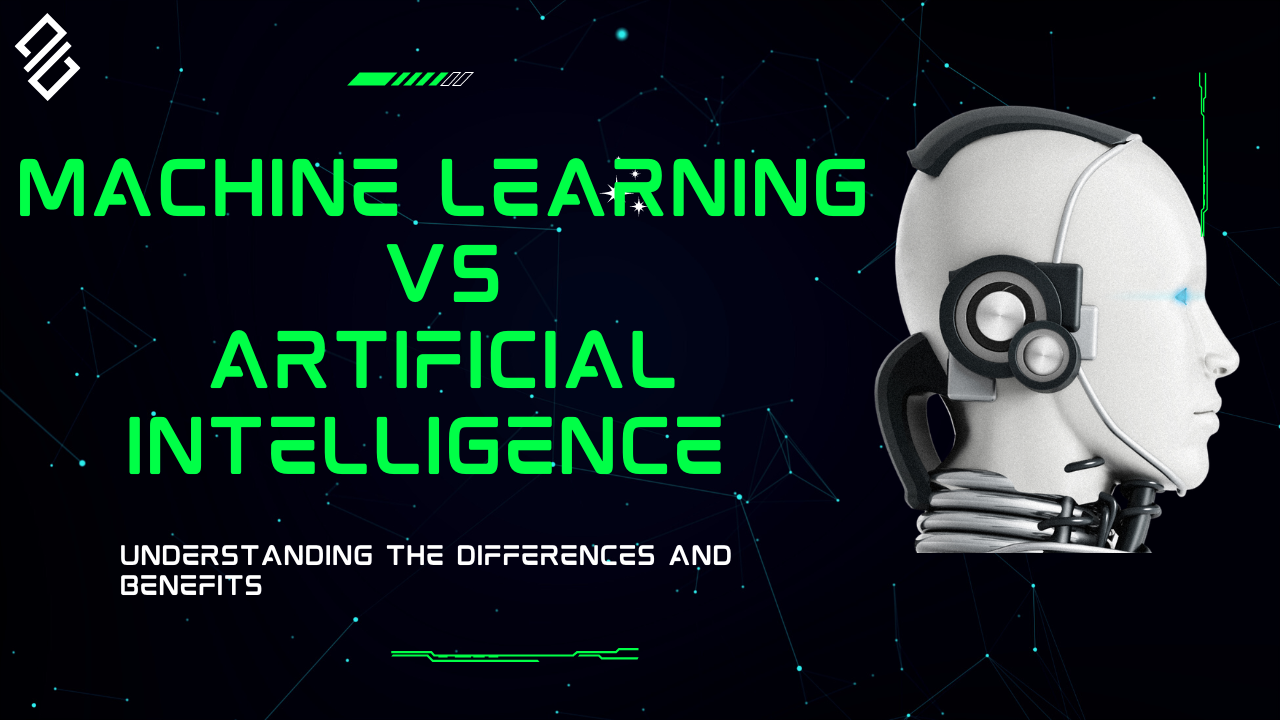Machine Learning (ML) and Artificial Intelligence (AI) are terms often used interchangeably, but they represent distinct concepts in the field of technology. Understanding the differences and relationships between them is crucial for grasping their applications and implications. This article clarifies these concepts and explores their roles in modern technology.

Defining Artificial Intelligence
Artificial Intelligence (AI) refers to the broader concept of creating machines or systems that can perform tasks requiring human-like intelligence. These tasks include reasoning, problem-solving, learning, and understanding language. AI aims to simulate human cognitive processes and can be applied to various domains, from robotics to natural language processing.
For example, AI systems like virtual assistants and chatbots are designed to interact with users and provide information or assistance based on their input. AI encompasses a wide range of technologies, including expert systems, robotics, and computer vision.
Understanding Machine Learning
Machine Learning (ML) is a subset of AI focused on enabling systems to learn from data and improve their performance over time without being explicitly programmed. ML algorithms analyze large datasets to identify patterns and make predictions or decisions based on new data.
In essence, ML is about developing algorithms that allow computers to learn from experience. For example, ML models can be trained to recognize images, predict stock prices, or recommend products based on past user behavior.
The Relationship Between AI and ML
AI and ML are interconnected, with ML being a key component of AI. While AI encompasses a broad range of technologies and methods aimed at mimicking human intelligence, ML specifically involves training algorithms to learn from data and improve their accuracy over time. In other words, ML is a method used to achieve AI goals.
AI systems often rely on ML techniques to function effectively. For instance, an AI-powered recommendation system uses ML algorithms to analyze user preferences and suggest relevant products or content.
Types of Machine Learning
Machine Learning is categorized into several types based on how learning occurs:
- Supervised Learning: Involves training models on labeled data, where the outcome is known. The model learns to map inputs to the correct output based on the training data. Examples include spam detection in emails and image classification.
- Unsupervised Learning: Deals with unlabeled data, where the model tries to identify patterns or groupings within the data. Examples include clustering customers based on purchasing behavior and anomaly detection.
- Reinforcement Learning: Focuses on training models to make decisions by interacting with an environment and receiving feedback in the form of rewards or penalties. This type of learning is used in areas like game playing and robotics.
Applications of AI and ML
AI and ML have diverse applications across various industries:
- Healthcare: AI assists in diagnostics and personalized treatment, while ML models predict patient outcomes and analyze medical data.
- Finance: AI and ML are used for fraud detection, algorithmic trading, and credit scoring.
- Retail: AI enhances customer experience through chatbots and personalized recommendations, while ML analyzes sales data and optimizes inventory management.
Challenges and Considerations
Both AI and ML face challenges and considerations:
- Data Quality and Quantity: ML models require large amounts of high-quality data to perform effectively. Inaccurate or biased data can lead to poor performance and biased outcomes.
- Ethical Concerns: AI and ML raise ethical issues related to privacy, transparency, and bias. Ensuring responsible use and addressing ethical concerns is crucial for maintaining trust and fairness.
- Complexity and Interpretability: ML models, especially deep learning algorithms, can be complex and difficult to interpret. Understanding how decisions are made is important for ensuring accountability and transparency.
Conclusion
AI and ML are distinct but interconnected concepts. AI represents the broader goal of creating intelligent systems, while ML is a method used to achieve this goal by enabling systems to learn from data. Both fields are driving innovation and transforming industries, but they also come with challenges that need careful consideration. Understanding the differences and relationships between AI and ML is essential for navigating their applications and implications effectively.
